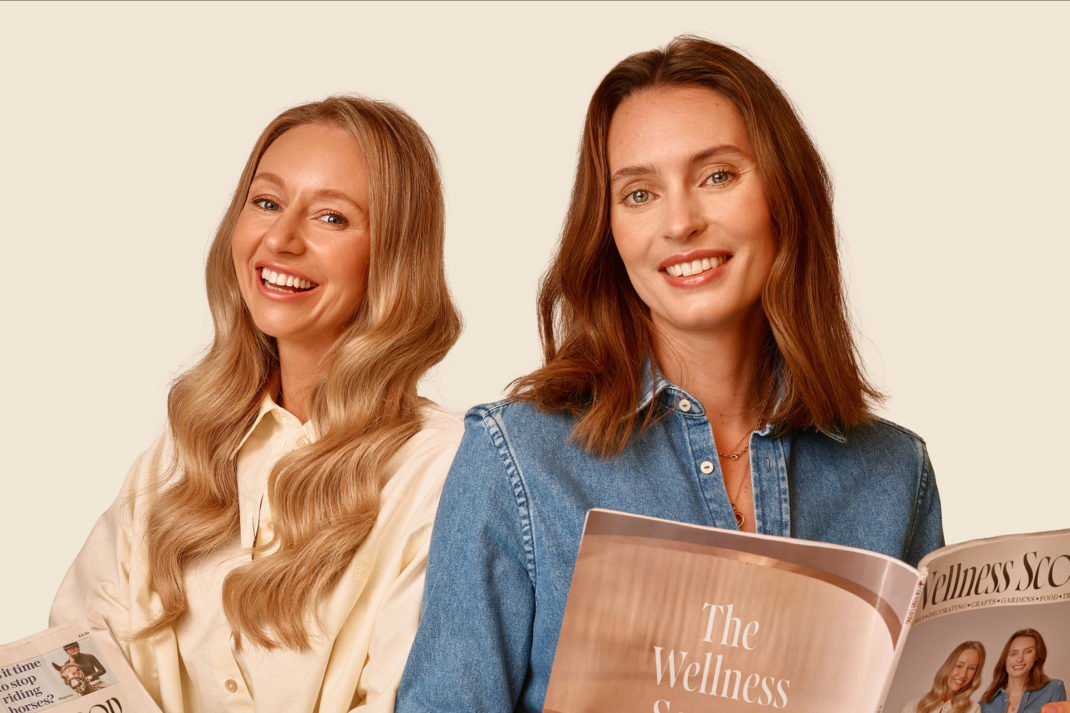
Trending: Prejuvenative Skincare
By
9 months ago
The problem with over-optimising your skincare regime too early
As the beauty industry moves away from anti-ageing and toward a ‘healthy ageing’ approach, prejuvenative skincare is one of the biggest trends of 2024. But with a rise in preventative Botox and a growing number of young people getting aesthetic treatments in their 20s, there are fears that all this intervention could actually be prematurely ageing. We spoke to multi-award-winning aesthetic specialist Dr Dean Rhobaye about the fine line between prejuvenation and too-early intervention.
What Is Prejuvenative Skincare?
Prejuvenative skincare focuses on preventing signs of inflammation, pigmentation and skin ageing like fine lines and wrinkles before they appear, rather than treating them after the fact. This proactive strategy is popular with those in their 20s, as it lays the foundation for healthy, radiant skin in the decades to come. Along with a tailored skincare regime and a holistic approach that includes plenty of water and a skin-friendly, healthy diet, this includes protective measures like wearing a broad-spectrum SPF every day.
What About Preventative Aesthetic Treatments?
Alongside prejuvenative skincare, that focuses on taking care of your skin from an early age, preventative aesthetic treatments like Botox and fillers are also growing in popularity. Dr Dean Rhobaye of the Sloane Clinic tells us: ‘Aesthetic procedures have surged in popularity, particularly among individuals under 30. The past decade has seen an exponential increase in the availability and variety of these procedures. From minimally invasive treatments like BOTOX™, fillers, and platelet-rich plasma/fibrin (PRP/PRF) to cosmetic surgeries such as rhinoplasty, liposuction, fat transfers, facelifts, and buccal fat removal, the options are vast. According to the American Society of Plastic Surgeons, cosmetic procedures performed on patients aged 20 to 29 have risen by over 20 percent in the last five years. This increase is driven largely by societal pressures to maintain a youthful and flawless appearance, fuelled by social media and celebrity culture.’
Can These Anti-Ageing Procedures Actually Be Ageing?
Worryingly, yes. ‘While aesthetic procedures can provide immediate satisfaction, they may disrupt the natural ageing process,’ says Dr Dean. ‘Skin, muscles and underlying tissues are designed to age gradually and naturally. Aggressive or inappropriate aesthetic interventions, intended to reduce visible signs of ageing, can paradoxically accelerate age-related changes.’
Two of the most popular ‘anti-ageing’ treatments are Botox and fillers. And Dr Rhobaye says that while both are being utilised in the pursuit of prejuvenative beauty, both can actually have the converse effect.
Fillers
‘Fillers, usually composed of hyaluronic acid (HA), are used to restore volume, contour facial features and smooth out wrinkles,’ says Dr Rhobaye. ‘When performed by a medical specialist for the correct indication, HA fillers can create long-lasting and natural-looking results. However, misuse of fillers, particularly amongst Millennials and Gen Z patients, has become almost epidemic… Overfilling with HA fillers can stretch the skin and soft tissue and the disrupt lymphatic drainage, leading to fluid retention, an oedematous (puffy) appearance and premature sagging, particularly in patients with excessive filler removed after many years.’
Botox
‘Botulinum toxins (such as BOTOX™ and Azzalure™) temporarily reduce facial muscle contractions that cause dynamic and static wrinkles, leading to a smoother, more youthful appearance when performed correctly,’ explains Dr Dean. ‘However, chronic misuse with excessive doses can lead to muscle atrophy and weakened support structures, contributing to an aged appearance with paradoxical wrinkles and visible facial veins due to skin thinning.’

(c) Jessica Felicio, Unsplash
What About Skincare?
Early invasive and non-invasive aesthetic treatments may have adverse effects, but what about skincare? Using skincare that is too harsh, too early, may be an issue too. ‘The skin’s barrier is crucial for protection against environmental damage and maintaining hydration,’ says Dr Dean. ‘Frequent chemical peels or long-term use of high concentrations of retinoids or harsh acids can strip the outer skin layer and disrupt the lipid matrix, leading to transepidermal water loss (TEWL) and increased sensitivity to UV radiation and pollutants. This promotes dryness, inflammation, and the formation of fine lines and wrinkles.’
So, How Can You Get Prejuvenative Skincare Right?
Proactive, protective skincare is all about keeping your skin healthy and radiant, using treatments and techniques that are suitable for your age and individual skin type. In your 20s, the typical ‘prejuvenative’ period, this means avoiding over-treatment with aggressive skincare formulations and only utilising aesthetic procedures under the guidance of a qualified specialist. Investing in a great, everyday broad-spectrum SPF, avoiding overexposure to the sun and high-pollution zones and perfecting your daily cleansing and hydrating rituals is a great start. ‘Patients should approach interventions with caution, seeking specialist guidance and prioritising long-term skin health over short-term gains,’ advises Dr Dean.






